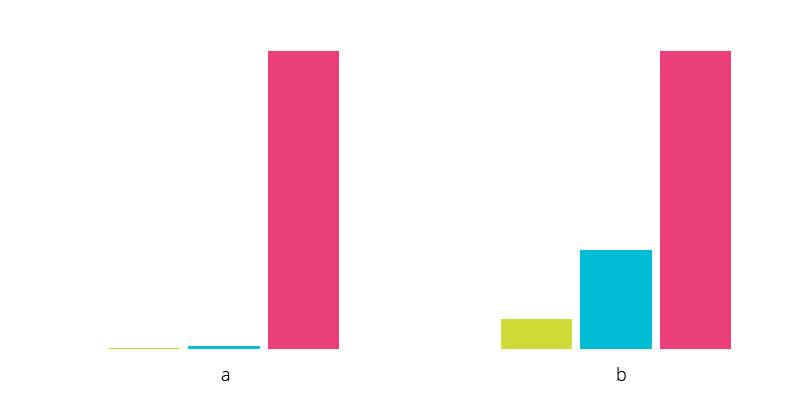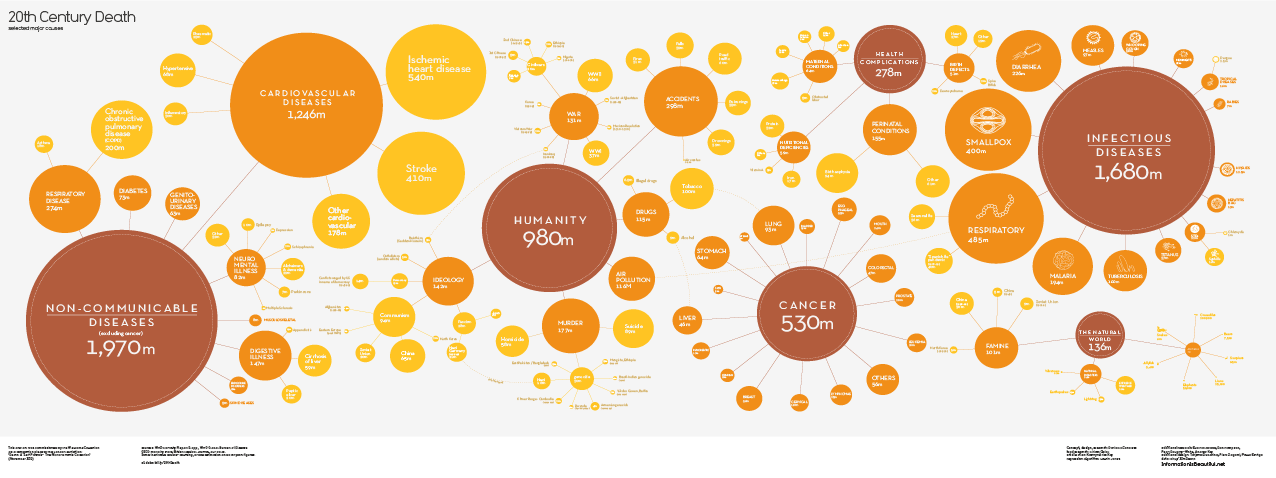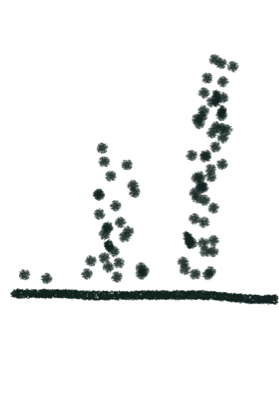I'm working on a Statistical Analysis project and I have to draw a bar or column graph to show data that has both very large and very small values. Like for example:
Number | Count
----------------------------
1 | 12
2 | 100
3 | 1
4 | 610
5 | 50
The problem here is that values for some rows can be so large that when drawn on a simple bar or column graph, those few bars really dominate the whole graph and the smallest values become almost invisible to the user. I need to show those small bars because the user hovers on them to show more information about the data.
It seems that in most common charts/graphs like pie or line, there is the same problem that the largest values dominate the really tiny ones and make them almost invisible.
I know that I can just create a simple table and dump the values in there, but it's not an elegant solution and frankly, doesn't look very pretty.
So what solution do you think can be employed to have a graph without this problem? What can be the best graph for this situation? I'm free to employ any graph or chart as long as it can show clearly both the tiny and large data points.
Thank you.




